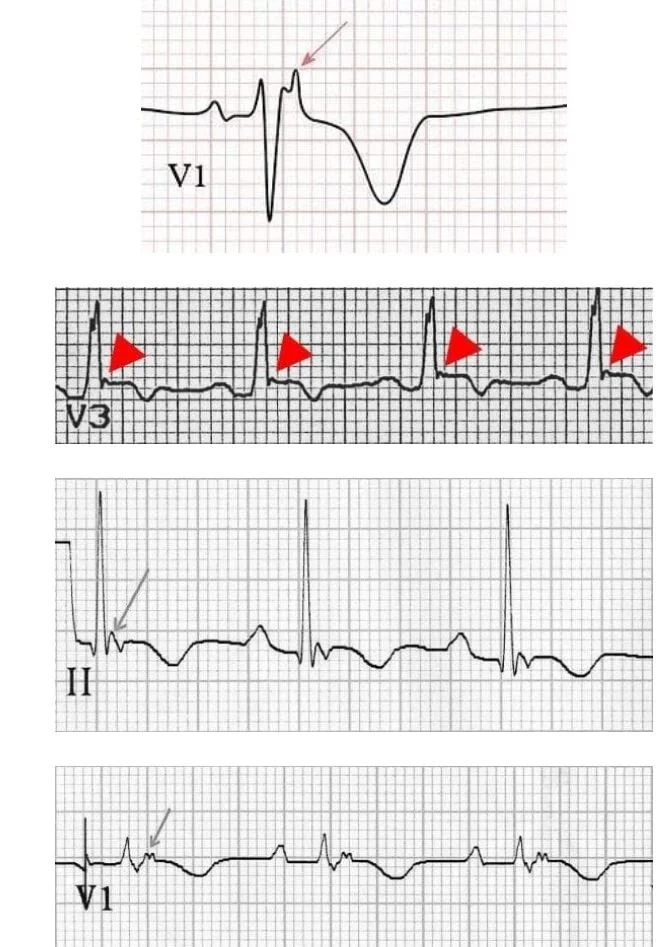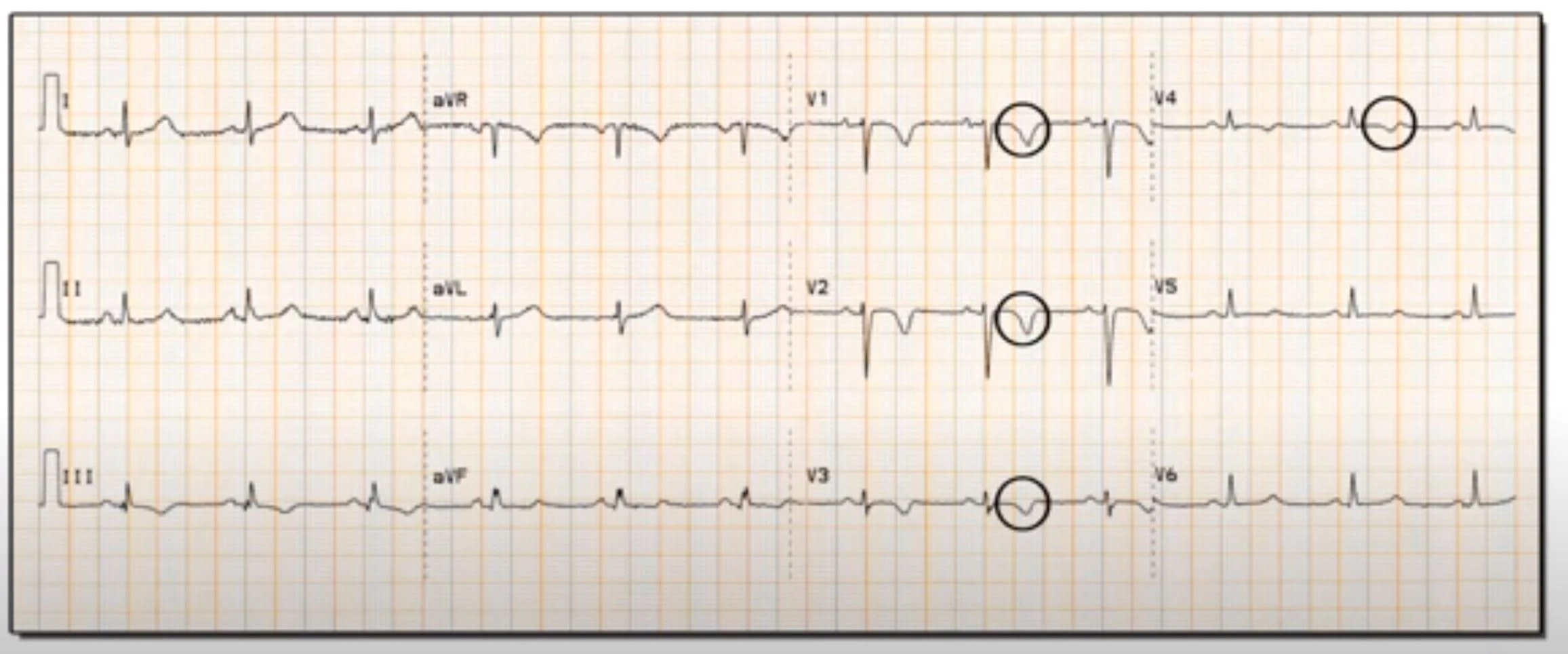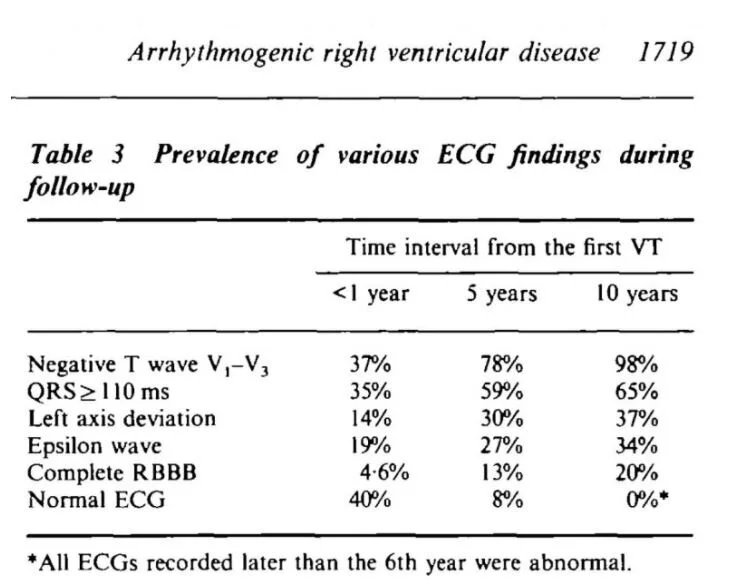POTD: LUCAS
Please watch this 2 min home video made with the assistance of Dr. Eric Roseman on using our LUCAS device.
https://www.youtube.com/watch?v=TZ7YxHzj5sY&t=7s
We’ve all done CPR. It’s tiring and the pads embarrass you in front of everyone saying they are inadequate compressions even though your hands are pressing against the bed. To fix this issue, top engineers have developed mechanical compression devices to ease our burden. There are a few models on the market: LUCAS, LUCAS-2, and AutoPulse device. At Maimo, we have the LUCAS device.
The obvious advantage of the LUCAS device is that no one has to do manual chest compressions, which is especially helpful in this COVID pandemic to limit staff exposure. Another advantage is that LUCAS is a god send for prolonged CPR; there have been many case reports of patients requiring 2+ hours of LUCAS compressions with great neurologic outcomes. Some examples of cardiac arrest requiring prolonged compressions include TPA patients and hypothermic patients. I noticed when the LUCAS is used, the code is often times much calmer and quieter.
Again, please watch the video demonstrating using the LUCAS. CPR should be ongoing when placing the LUCAS on the patient. When placing the LUCAS, inserted it between CPR performer’s arms. The LUCAS should be placed between the patient’s arms and torso.
1. place the back board underneath the patient
2. snap the LUCAS in place, either orientation works
3. turn on LUCAS with green button
4. manually push down the suction cup/compressor to the patient’s xyphoid
5. press button “2” to lock the compressor in place
6. press button 3 to start compressions, both top and bottom do the same thing except the bottom button has a pause for breathes every 30 compressions. Generally, in hospital you will use the top button.
7. once CPR is complete press button 2 to stop compressions
8. press button 1 to unlock compressor
9. manually retract compressor
10. pull on yellow rings to unlock LUCAS from backboard
How good is the LUCAS? Most studies so far have shown varying results. One of the earlier studies in 2015 showed that mechanical compression devices are not superior to manual compression in out of hospital cardiac arrest when it came to neurologic outcome and survival (~6000 enrolled)1. Similarly, a study done in 2019 also did not show improved survival2 in out of hospital arrest. There was study done in UK in 2017 for intrahospital arrest that did show improved hospital and 30-day survival (odds ratio 2.34, CI 1.42-3.85), but it was smaller study (689 participants). Another study in 2017 found that LUCAS had a higher rate of adequate compression and decreased hands-off time compared to manual CPR which makes sense4. This final study in 2017 found that the LUCAS and AutoPulse did not cause more serious of life-threatening visceral damage than manual compressions5.
Based on these studies, it seems like the LUCAS is pretty good especially considering it decreases the contact healthcare providers has to possible COVID patients. Maybe I’m just a LUCAS corporate shill, but I’ve always had good experiences when using the LUCAS, but it is critical to use it properly…so please watch he video or watch another video covering LUCAS usage.
1. https://pubmed.ncbi.nlm.nih.gov/26190673/
2. https://pubmed.ncbi.nlm.nih.gov/31689757/
3. https://www.resuscitationjournal.com/article/S0300-9572(16)00119-2/fulltext
4. https://www.ncbi.nlm.nih.gov/pmc/articles/PMC5391893/
5. https://pubmed.ncbi.nlm.nih.gov/29088439/







